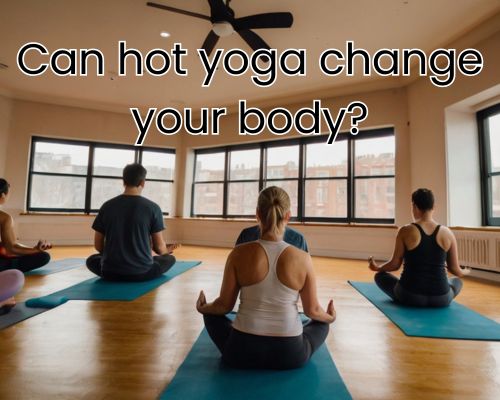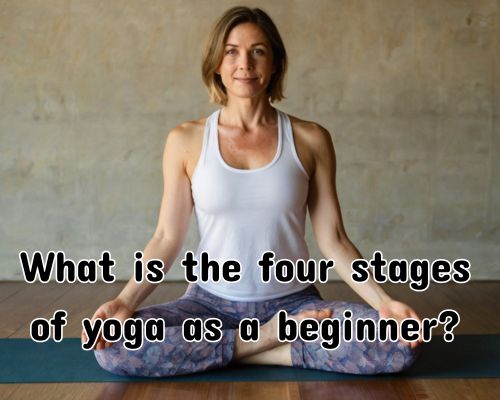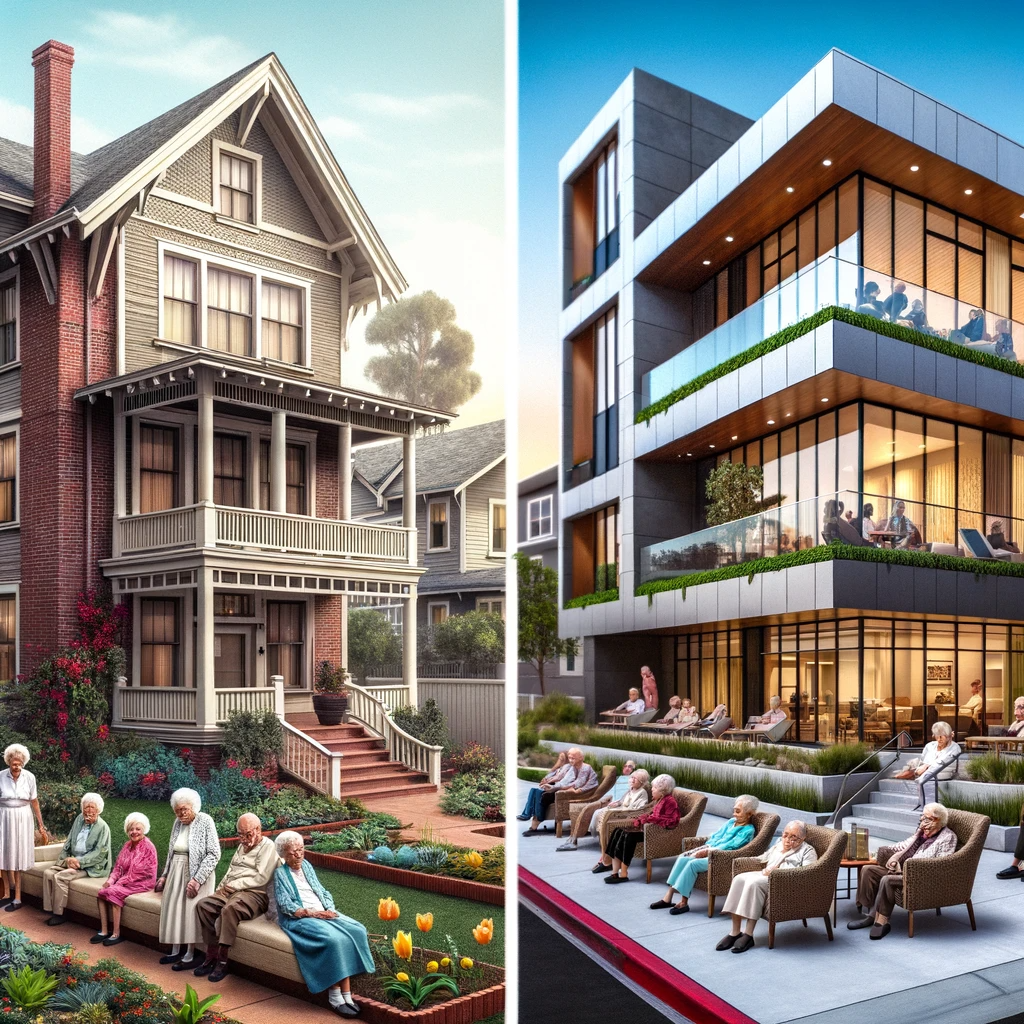Hot yoga has become more than just a wellness trend — it’s a full-body transformation practice embraced by fitness enthusiasts and health-conscious individuals across the globe. But can hot yoga really change your body? If you’re asking this from Mornington, Australia, where beach culture and active living meet serenity, the answer might just surprise you.

With Jane Benson of Bikram Yoga Mornington, we’ll unpack the science, benefits, and local insights around hot yoga. With a specific focus on body transformation, we’ll explore how heated yoga affects strength, flexibility, metabolism, body composition, and mental discipline. All with a special spotlight on hot yoga studios in Mornington and how this seaside town is embracing the heat.
🔥 What Is Hot Yoga?
Hot yoga is a style of yoga performed in a heated room — typically around 37 to 40°C (98–104°F) — with high humidity to simulate the heat of India, the birthplace of yoga. It’s different from Bikram yoga, which follows a strict 26-pose sequence, but both share the heated environment.
Some popular hot yoga styles include:
- Vinyasa in the heat
- Hot Power Yoga
- Hot Yin Yoga
- Hot Pilates Fusion
In Mornington, local studios like Bikram Yoga Mornington and Studio Paradise Yoga offer various hot classes catering to beginners and advanced yogis alike.
🧘♀️ Body Changes from Hot Yoga: Fact or Fiction?
Let’s break it down into evidence-backed, body-transforming benefits.
1. Increased Flexibility Through Heat-Enhanced Stretching
The elevated temperatures warm up your muscles more rapidly, making it easier to stretch deeper into poses. This increased range of motion can significantly enhance flexibility over time. Studies show that heat can help increase muscle extensibility, making hot yoga ideal for improving joint health and mobility.
In Mornington’s cooler months, many residents find hot yoga a therapeutic way to keep the body limber without risking injury in cold-weather workouts.
2. Muscle Toning and Strength Gains
Don’t be fooled — hot yoga isn’t just stretching. Many hot yoga flows include weight-bearing poses like Chair, Warrior Series, and Plank variations that build lean muscle. When practiced regularly, hot yoga can tone the:
- Core
- Glutes
- Quads
- Arms
- Back
Local fitness communities in Mornington often blend hot yoga with strength training, as yoga builds the smaller stabilising muscles often overlooked in conventional workouts.
3. Cardiovascular Conditioning & Endurance
Hot yoga raises your heart rate, not unlike moderate aerobic activity. Maintaining yoga poses in heat requires stamina and breath control, activating the cardiovascular system.
In fact, research shows that 60 minutes of hot yoga can burn between 330 to 600 calories, depending on your effort and body type. Over time, this supports improved circulation, reduced blood pressure, and better heart health.
For Mornington locals who enjoy surfing, hiking the Mornington Peninsula trails, or cycling along Nepean Highway, hot yoga builds the aerobic base to support those outdoor activities.
4. Weight Loss and Fat Burn Potential
Can hot yoga help shed kilos? The answer is yes — with consistency. Although much of the initial weight loss is water weight from sweat, regular practice contributes to:
- Increased caloric expenditure
- Improved digestion and metabolism
- Balanced hormone levels (e.g., cortisol and insulin)
Mornington’s wellness community often combines hot yoga with whole food nutrition, cold plunges at Mothers Beach, and mindfulness to optimise body composition.
5. Detoxification and Skin Health
One of hot yoga’s more controversial claims is detoxification through sweat. While the liver and kidneys handle detox, sweating can aid in expelling minor toxins, clearing skin, and flushing out sodium.
Practicing in heated rooms can:
- Unclog pores
- Improve circulation to the skin
- Promote a post-class glow
For those living in coastal Mornington, where sun and sea exposure are daily, maintaining skin health is a top priority. Hot yoga provides a natural internal cleanse that complements an active lifestyle.
6. Improved Posture and Core Alignment
Hot yoga requires heightened body awareness, especially in balancing poses and transitions. This improves:
- Spinal alignment
- Pelvic control
- Core strength
Consistent practice leads to better posture — crucial for desk workers, tradies, and students alike in the Mornington area. Many physiotherapists in Mornington now recommend hot yoga as a preventative strategy for lower back pain and tech-neck.
7. Mental Discipline and Emotional Regulation
Changing your body isn’t only physical — it’s mental.
Practicing yoga in a hot, humid environment builds mental grit, presence, and emotional resilience. The intense environment requires:
- Patience
- Breath control (pranayama)
- Mindfulness under discomfort
Residents of Mornington who’ve added hot yoga to their routine report better mood, lower stress, and improved sleep patterns — all of which play a role in physical transformation.
🏖️ Why Mornington Is Perfect for Your Hot Yoga Journey
Mornington, VIC offers a unique blend of natural beauty, wellness infrastructure, and a community that values holistic health. Locals are increasingly choosing hot yoga as part of a whole-self transformation alongside surfing, hiking, beach walks, and cold-water immersion.
Some local gems enhancing the yoga lifestyle include:
- Soulful cafes like Store Fifteen and Commonfolk Coffee
- Scenic spots like Mills Beach or Mornington Park for post-class recovery
- Proximity to Peninsula Hot Springs for weekend rejuvenation
Whether you’re a local or visitor, Mornington is fertile ground for transformation — mind, body, and soul.
⚠️ Important Considerations
Before diving into a hot yoga routine, keep in mind:
- Hydration is essential — drink water before and after class.
- Check with your GP, especially if you have cardiovascular conditions, pregnancy, or heat sensitivity.
- Listen to your body — don’t push through dizziness or nausea.
Many studios in Mornington offer beginner-friendly classes or introductory packages so you can test the waters — or the sweat, rather — at your own pace.
✅ Final Verdict: Can Hot Yoga Change Your Body?
Absolutely. With consistency and mindfulness, hot yoga can transform your body by increasing strength, flexibility, endurance, and metabolism, all while elevating your mental well-being. The added bonus? In a place like Mornington, Australia, the journey becomes even more rejuvenating.
From improved posture to toned muscles and detoxed skin, hot yoga is more than a workout — it’s a lifestyle. And if you’re looking for real transformation, the heat might be the missing catalyst.
So roll out your mat, take a deep breath, and step into the heat — your body (and your future self) will thank you.

